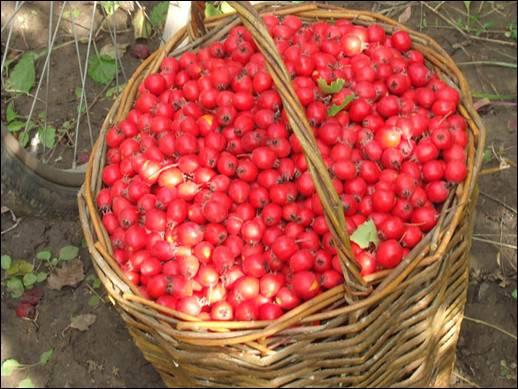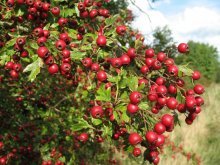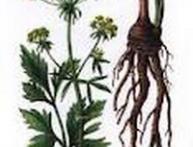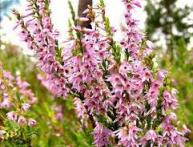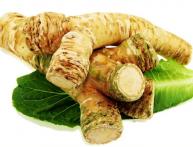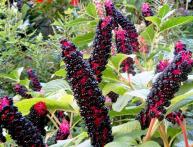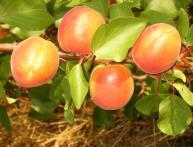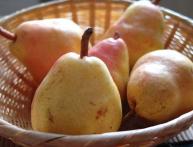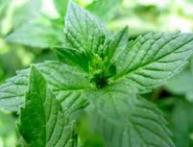Hawthorn is blood red. How is it useful, how is it used?
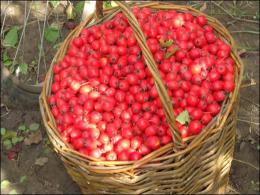
“Lady berry” is what people call hawthorn. Binding "blood red" - for the color of the berries
Content
Description of blood red hawthorn
Not a large tree or bush, the height of which reaches 5 meters. The branches of young hawthorn and shoots are shiny, have a brownish-purple color, and hard spines grow on the branches, the length of which is up to 4 centimeters. Hawthorn leaves are broadly diamond-shaped, short-petiolate, inversely ovate, or wedge-shaped, the base of which is pointed, and the edges are coarsely toothed and briefly pubescent on both sides. In summer, hawthorn foliage is dark green, changing to red-orange color closer to autumn. The flowers are quite small, white with a pinkish tint, the diameter of the leaves in the inflorescences is 4-5 cm, and have a weak specific smell. Blood-red, sometimes brown or yellow-orange berry in the form of a ball with a diameter of 6 to 10 mm. The berry contains 2-5 seeds, each of which contains 1 seed. Sweet-sour mealy pulp. It tolerates winters well and is considered a frost-resistant plant. They are mainly planted in public gardens, parks, residential courtyards, and outside the natural environment. Types of reproduction are varied: seeds, cuttings, root shoots.
It begins to bear fruit after 10-15 years, but the blood-red hawthorn lives up to 400 years.
Hawthorn usually grows in rare dry forests of various types, in clearings and forest edges, as well as near river banks. It begins to bloom in May-June, and the fruits ripen in September-October. During budding (at the beginning of flowering), the collection of flowers begins, and the collection of hawthorn fruits begins after the berries are fully ripened.
Methods for harvesting blood red hawthorn
To make the preparations successful, the flowers are collected at the very beginning of flowering, while they have not yet fully opened, cutting off the inflorescences and flowers. Despite the fact that the plant blooms often, it fades just as quickly, and if the weather is hot, it can happen within 2 to 3 days. Inflorescences are harvested with slightly open flowers, since flowers that have not opened at all take a long time to dry and often turn brown. Drying is necessary a maximum of two hours after collection, in dryers at a temperature not exceeding 40 degrees. An alternative place for drying is an attic or a well-ventilated room, spreading it out in a thin layer and turning it over sometimes.
The room in which hawthorn is dried must be closed at night, since hawthorn flowers have increased hygroscopicity.
Raw materials with a bitter taste and faint odor. Can be stored in closed boxes or glass jars for up to 2 years. Hawthorn berries are harvested when they are fully ripe, but before frost. They collect berries in baskets or bags, picking off bunches or individual berries. The methods used for drying are different: in an oven, in the sun, or in a dryer at a temperature not exceeding 40-50 degrees. If you dry it naturally, you need to scatter 4-5 kg of hawthorn per 1 square meter. Before ventilating the finished raw materials, defective berries are selected and the stalks are torn off.If a white coating has formed on the dried raw materials, do not be alarmed, this is crystallized sugar. The berries are bitter, with a slightly sweetish sour taste, and a very faint odor. The berries can be consumed for about 8 years.
Uses of hawthorn
Liquid extract and tincture - this plant is produced in such forms by the pharmacological industry. The extract is part of the drug "Cardiovalen", which is used for the treatment of rheumatic heart defects, autonomic neuroses, sclerosis of the heart vessels, and for cardiovascular insufficiency of degrees I-II.
The sweetish taste, pleasant smell and brown color are hawthorn extract. It should be taken before meals (30 drops three times a day), if prescribed by a doctor!
In folk medicine, infusions, decoctions, and tinctures are used. They treat the following conditions and diseases:
- Hypertonic disease;
- Neuroses of the heart;
- Heart weakness;
- Heart rhythm disturbances;
- To relieve menopause;
- Hyperthyroidism;
- To improve blood circulation;
- To normalize sleep;
- To increase the amount of milk in nursing mothers;
- As a sedative;
- As an anti-stress agent;
- To rejuvenate the body.
The fruits are used to make jelly and jam, add a pleasant aroma to dishes, and are also used to dye fabric. The plant itself can often be seen as hedge in summer cottages.
Hawthorn has not gone unnoticed in veterinary medicine either - it is used to regulate blood circulation in animals. But bees collect sweet nectar from hawthorn and this honey is considered especially useful.

